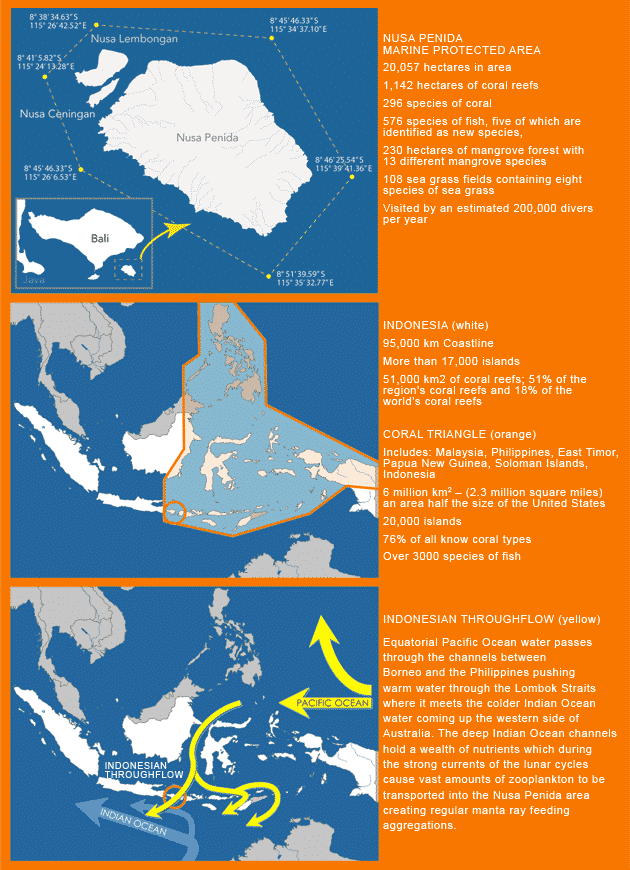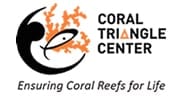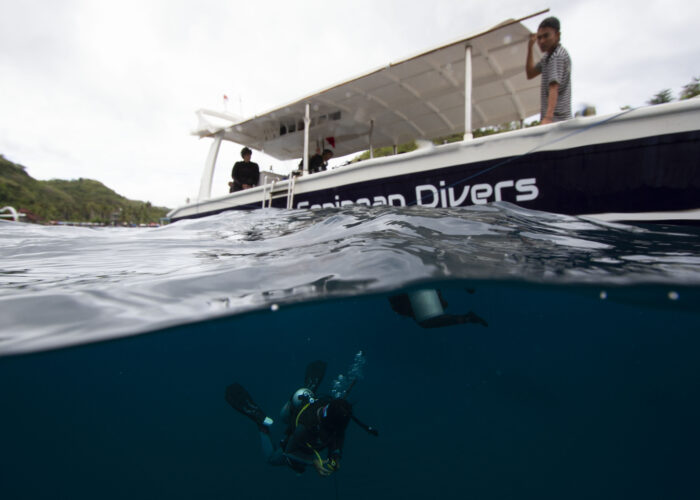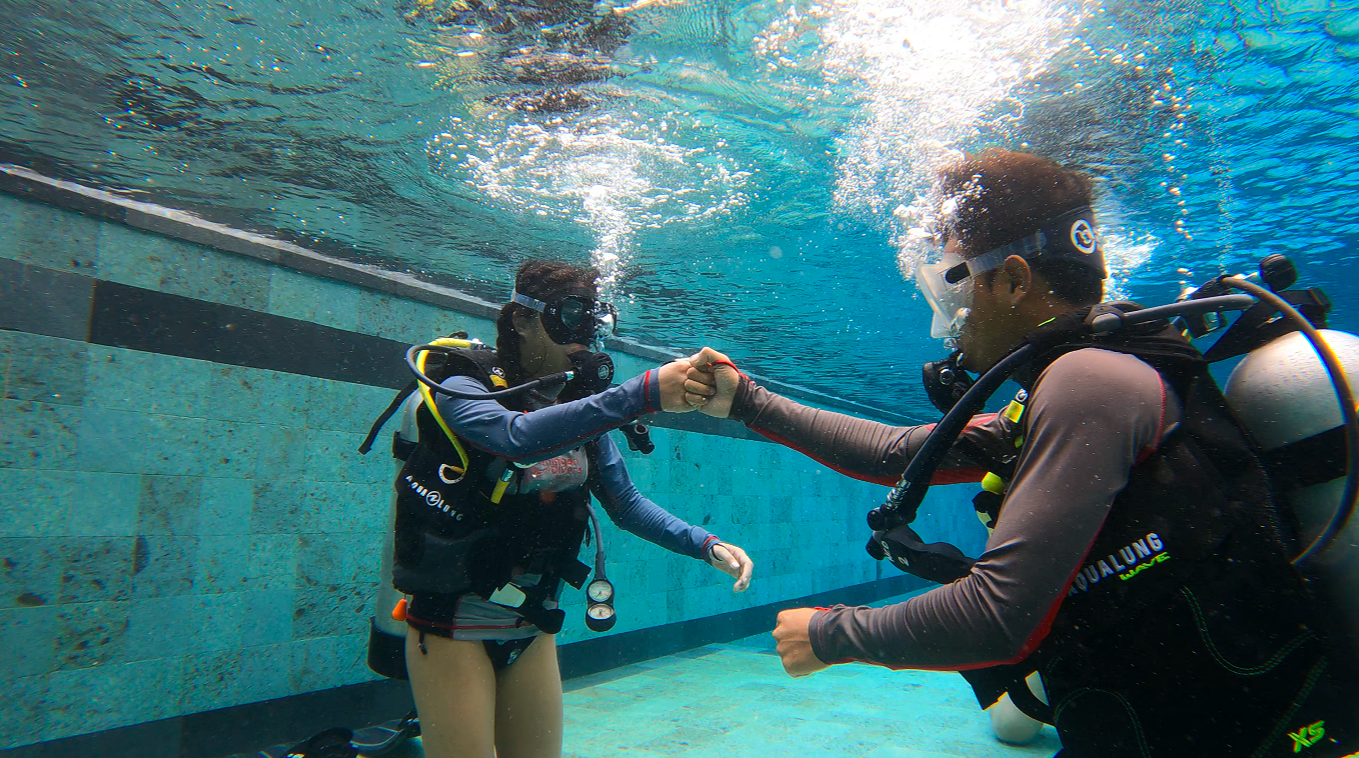Nusa Penida Marine Protected Area
Just 25 kilometers from Bali on the northeastern edge of the Indian Ocean lie the beautiful islands of Nusa Penida, Nusa Lembongan and Nusa Ceningan. Swathed with a rich history of black magic and evil spirits, they have become somewhat of a mystery for many. In the early 18th century, Nusa Penida was a prison for the Gelgel dynasty from Bali, under the Majapahit ruler, and in February 1942 the channel separating the islands of Nusa Penida and Nusa Ceningan was the location of “The Battle of Badung Strait” a major confrontation between the Allied forces and the Imperial Japanese Navy.
More recently, due to being blessed with an extraordinary abundance of marine biodiversity, the three little jewels have been newly designated by the Indonesian government as the Nusa Penida Marine Protected Area (MPA). The plan encompasses over 20,000 hectares of rich and diverse aquatic ecosystems and will allow multiuse for both fishermen and tourism, but will also protect vital habitat that is critical for breeding and survival of the local marine life.
Being fortunate enough to have village elders that recognized the pitfalls of bomb and cyanide fishing, years ago the local economy was directed towards seaweed farming leaving the reefs in pristine condition, and luckily the underwater life is teeming. With over 300 coral species and 600 fish species, including five that have been recently discovered, this new MPA will provide an abundance of relevant information for the worldwide sustainability and conservation of many underwater plants and animals, and the development of a long-term funding mechanism that can ensure local ecological and economic resources continue to enrich the region’s people and protect the amazing wildlife.

The Coral Triangle
On a much larger scale, Bali and Nusa Penida have the distinction of being located in the Southwest corner of what is referred to as The Coral Triangle. This area, which includes six countries, is recognized as the global center of marine biodiversity. Considered the underwater equivalent of the Amazon rainforest and one of the most important marine nurseries in the world, it harbours more species than any other marine environment we know of, including 76% of all coral types and more than 3000 species of fish. The staggering natural productivity of the Coral Triangle region not only makes it unique for its wildlife and marine and coastal ecosystems, but also for the benefits derived for local communities and governments.
Several oceanographic features combine to create an area that is not only irrefutably critical to the world economy, global climate, and the livelihood of millions, but it is also widely considered one of the most beautiful places on earth.
Since February 2014, a new Indonesian legislation protects manta rays within Indonesia’s 5.8 million square kilometres of ocean, banning fishing of the rays and their export. Indonesia is now the second-largest manta ray tourism industry in the world.
Aquatic Alliance and Coral Triangle Center
The information above has been provided in part and with the support of the Aquatic Alliance and the Coral Triangle Center.


Eco Internships and Volunteering
There are many internships and volunteering options available in Indonesia. Please feel free to contact us: info@ceningandivers.com if you would like more information on the various internship programs offered in Bali, Ceningan and Lembongan, Indonesia.
Our ocean is a fragile ecosystem. We need to work together to maintain this paradise sustainable for future generations.
Reuse, Reduce, Recycle
Be mindful about using plastic products


